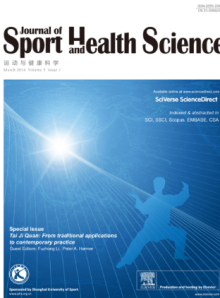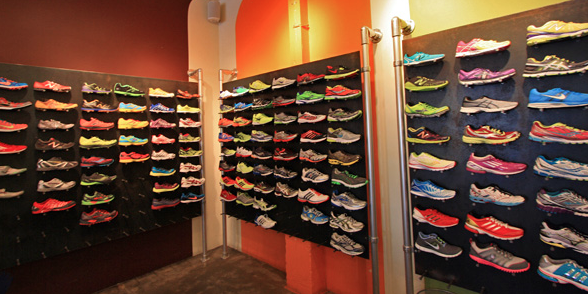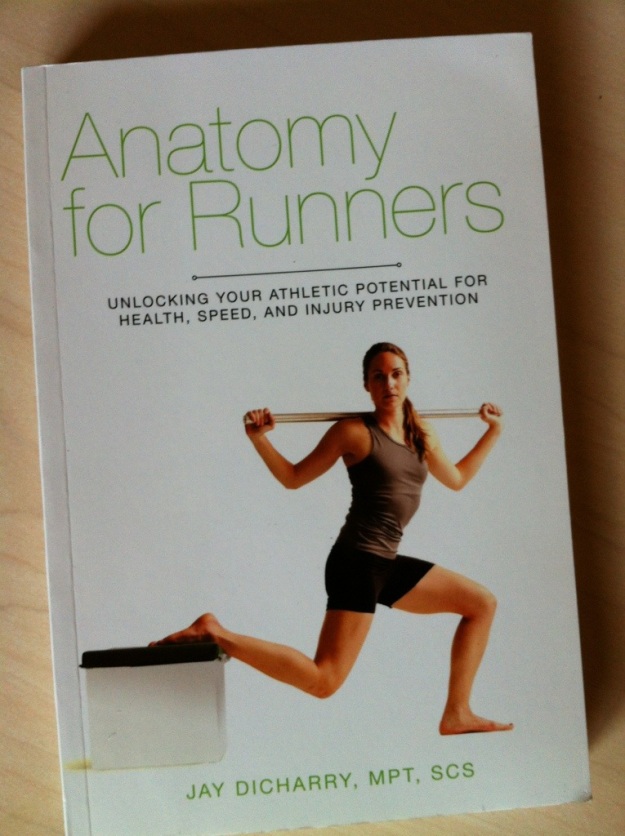 OK…..most of you are going to have a field day with this blog post, so let’s just get it out there. Barefoot running came in a BIG way. And like most BIG things that come quickly, its fading at a rapid rate. A lot of people think barefoot runners are nuts, and begging for injury. And others think that the injury risk is the same as those who wear shoes, but the location of injury in the body will just move from one to another. Well, I’m not really a fan of speculation.
OK…..most of you are going to have a field day with this blog post, so let’s just get it out there. Barefoot running came in a BIG way. And like most BIG things that come quickly, its fading at a rapid rate. A lot of people think barefoot runners are nuts, and begging for injury. And others think that the injury risk is the same as those who wear shoes, but the location of injury in the body will just move from one to another. Well, I’m not really a fan of speculation.
Some years ago, I put out a survey to barefoot runners with some simple questions. How much to you run barefoot? Why did you go down this path? Did barefoot running impact your injury risk or performance? Over 500 runners responded. Thank you interweb.
To be 100% forthcoming, the study is biased towards runners who have actually tried barefoot running (not minimal footwear, but true barefoot). Duh, you had to have experience running barefoot to answer the questions! Barefoot runners are a passionate bunch, but we made the default assumption that people tell the truth. And yes, its just a survey. But it provides an interesting slant. Instead of wondering if barefoot running works, why not just ask people who do it?
This study, “Barefoot Running: Evidence from the Field” was just published in the Journal of Sport and Health Science, and you can get a full download right here. And for those of you who just want the simple version, the abstract is below.
Now I’m not saying that all of you should ditch your shoes for 100% of your mileage. But this idea of barefoot running supports a very critical concept. Feet are capable of some pretty good work. Barefoot running, when done in the right volume and circumstances, can be a great training tool to help you build a better body. And no matter what side of the barefoot debate you stand on, putting better bodies into running is a concept we can all get behind.
Abstract
Background
Running is becoming an increasingly popular activity among Americans with over 50 million participants. Running shoe research and technology has continued to advance with no decrease in overall running injury rates. A growing group of runners are making the choice to try the minimal or barefoot running styles of the pre-modern running shoe era. There is some evidence of decreased forces and torques on the lower extremities with barefoot running, but no clear data regarding how this corresponds with injuries. The purpose of this survey study was to examine factors related to performance and injury in runners who have tried barefoot running.
Methods
The University of Virginia Center for Endurance Sport created a 10-question survey regarding barefoot running that was posted on a variety of running blogs and FaceBook pages. Percentages were calculated for each question across all surveys. Five hundred and nine participants responded with over 93% of them incorporating some type of barefoot running into their weekly mileage.
Results
A majority of the participants (53%) viewed barefoot running as a training tool to improve specific aspects of their running. However, close to half (46%) viewed barefoot training as a viable alternative to shoes for logging their miles. A large portion of runners initially tried barefoot running due to the promise of improved efficiency (60%), an attempt to get past injury (53%) and/or the recent media hype around the practice (52%).
A large majority (68%) of runners participating in the study experienced no new injuries after starting barefoot running. In fact, most respondents (69%) actually had their previous injuries go away after starting barefoot running. Runners responded that their previous knee (46%), foot (19%), ankle (17%), hip (14%), and low back (14%) injuries all proceeded to improve after starting barefoot running.
Conclusion
Prior studies have found that barefoot running often changes biomechanics compared to shod running with a hypothesized relationship of decreased injuries. This paper reports the result of a survey of 509 runners. The results suggest that a large percentage of this sample of runners experienced benefits or no serious harm from transitioning to barefoot or minimal shoe running.
 Calling all Doc’s, therapists, and trainers (and yes you super guru runners)!
Calling all Doc’s, therapists, and trainers (and yes you super guru runners)!




